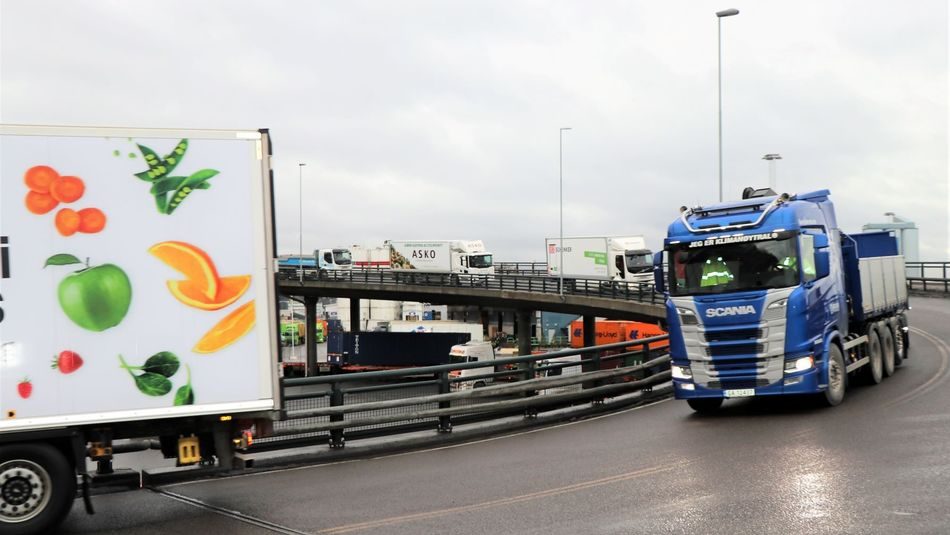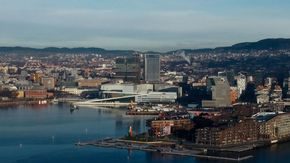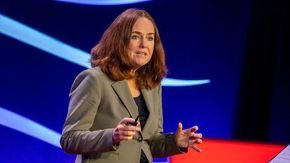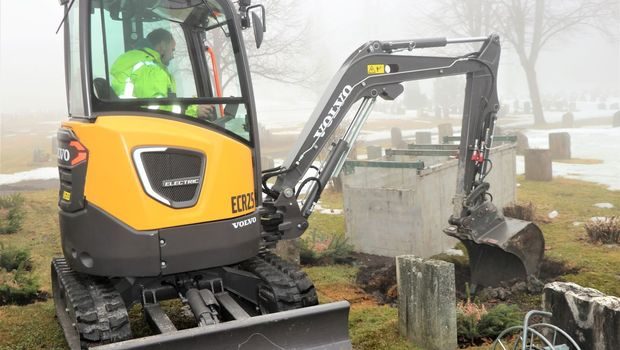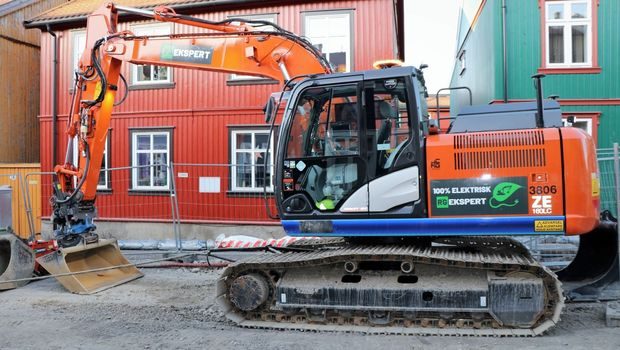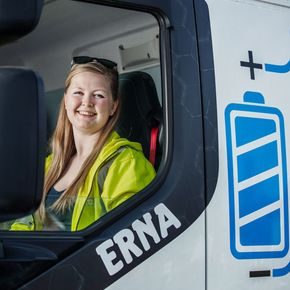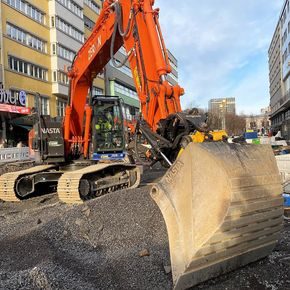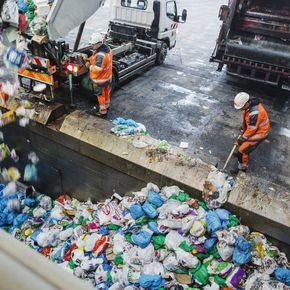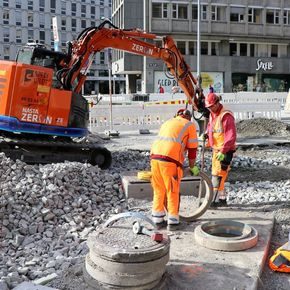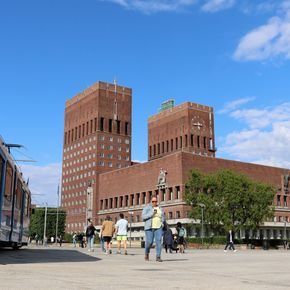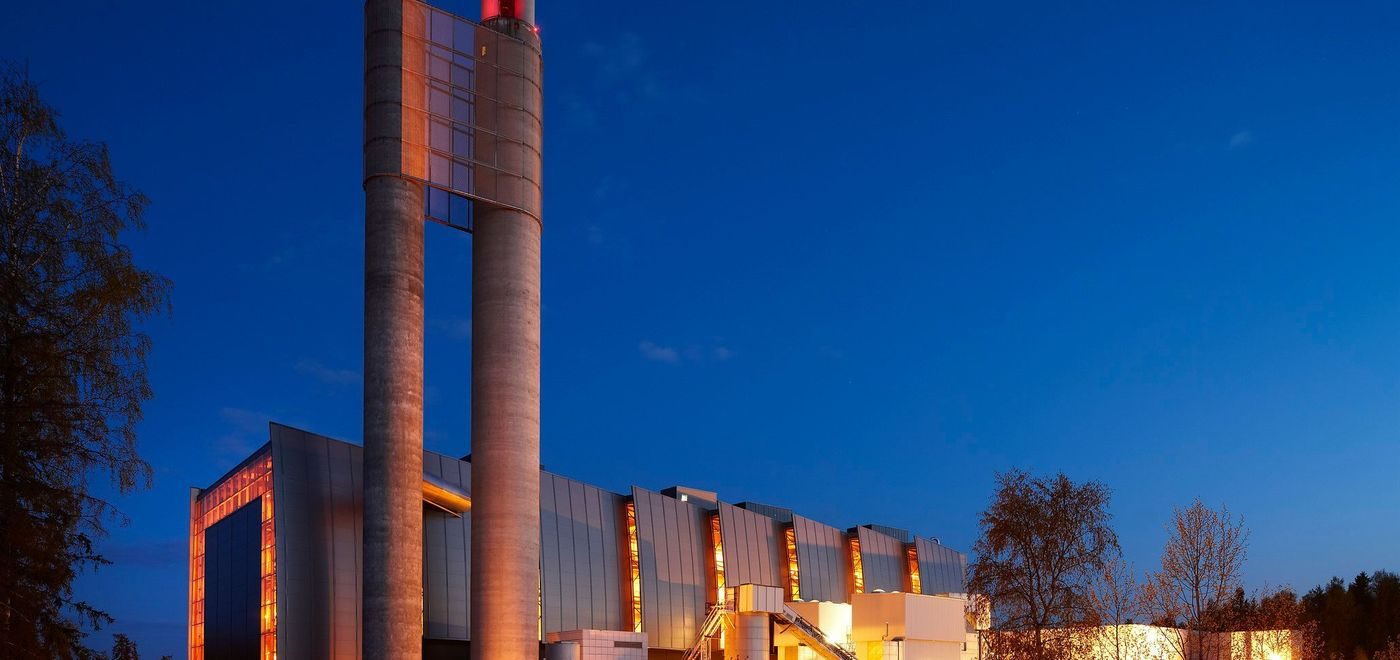
This is what the carbon capture project means for Oslo’s climate targets
In a few years, CO2 from the incineration of Oslo’s residual waste can be captured. This is a big leap towards becoming a zero-emission city in 2030.
The agreement between the City of Oslo and the new owners of the Waste-to-Energy plant at Klemetsrud ensures that there is enough money for carbon capture from incineration. If everything goes according to plan, the carbon capture will begin in 2026. The partial financing is now in place. The Carbon Capture and Storage project is promised NOK 3 billion norwegian kroner in government support if the rest of the financing is taken care of by others.
Klemetsrud is part of the national Longship project for capturing and storage of CO2. The greenhouse gas will be captured and transported in liquid form by ship to Øygarden in Western Norway. Then it is pumped through pipes to the bottom of the North Sea. Under high pressure, CO2 is stored in wells several kilometers below the seabed.
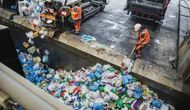
Sustainable waste management for a carbon neutral Europe
A necessary step towards the target
It is crucial that the carbon capture project at Klemetsrud gets realized to reach Oslo’s climate targets. 17 percent of Oslo’s greenhouse gas emissions come from the Waste-to-Energy plant, where the waste incineration accounts for the largest single discharge in the city.

Heidi Sørensen
– This is a milestone for Oslo, and without a doubt the biggest step to reach the climate target in 2030. Carbon capture and storage at Klemetsrud is about creating an emission-free waste sector. Our goal is to export the solutions to the 450 incineration plants in Europe which have comparable emissions, says Heidi Sørensen, Director of the City of Oslo’s Climate Agency.
At Klemetsrud, the energy from people’s residual waste is recovered by burning and utilizing it for district heating. The district heating provides heating and hot water for homes and commercial buildings. The City Council’s Climate Strategy towards 2030 is to capture and store CO2 from waste incineration to ensure that the process is even more environmentally friendly and does not contribute to climate change.
Successful testing
Through a pilot project the technology for capturing CO2 has already been tested at Klemetsrud. The testing showed that the plant can capture up to 99 percent of the CO2 in the flue gas. Even though this happened on a small scale, the plant had all the components that a full-scale plant should have. The technology was certified by DNV.

The pilot project at the Waste-to-Energy plant produced good results and useful experiences.
Compared with 2009, Oslo will reduce greenhouse gas emissions with 95 percent by 2030. The latest numbers from the Norwegian Environment Agency showed a reduction of 25 percent in 2020. The plant at Klemetsrud will reduce a large amount of the remaining percentages.
Carbon capture from the atmosphere
With the current calculation method, only half of the emissions that are captured will be reflected in the greenhouse gas accounts. This is why:
- The plant will be able to capture 400 000 tons of CO2 annually. This corresponds to the emissions from about 200 000 fossil cars.
- In the greenhouse gas accounts, we only count the emissions from the incineration of fossil residual waste. This is waste that typically contains plastic. Approximately 200 000 tons of CO2 are emitted each year from fossil waste.
- In addition, we emit about the same amount by incinerating waste made from biological material, such as wood or food scraps. In the greenhouse gas accounts, the combustion of biological material is considered climate neutral, and does not count as fossil emissions.
Nevertheless, when the plant captures and stores the emissions from the biogenic waste, the waste incineration can contribute to so-called negative emissions. Carbon-neutral emissions along with carbon capture means that CO2 is removed from the atmosphere overall.
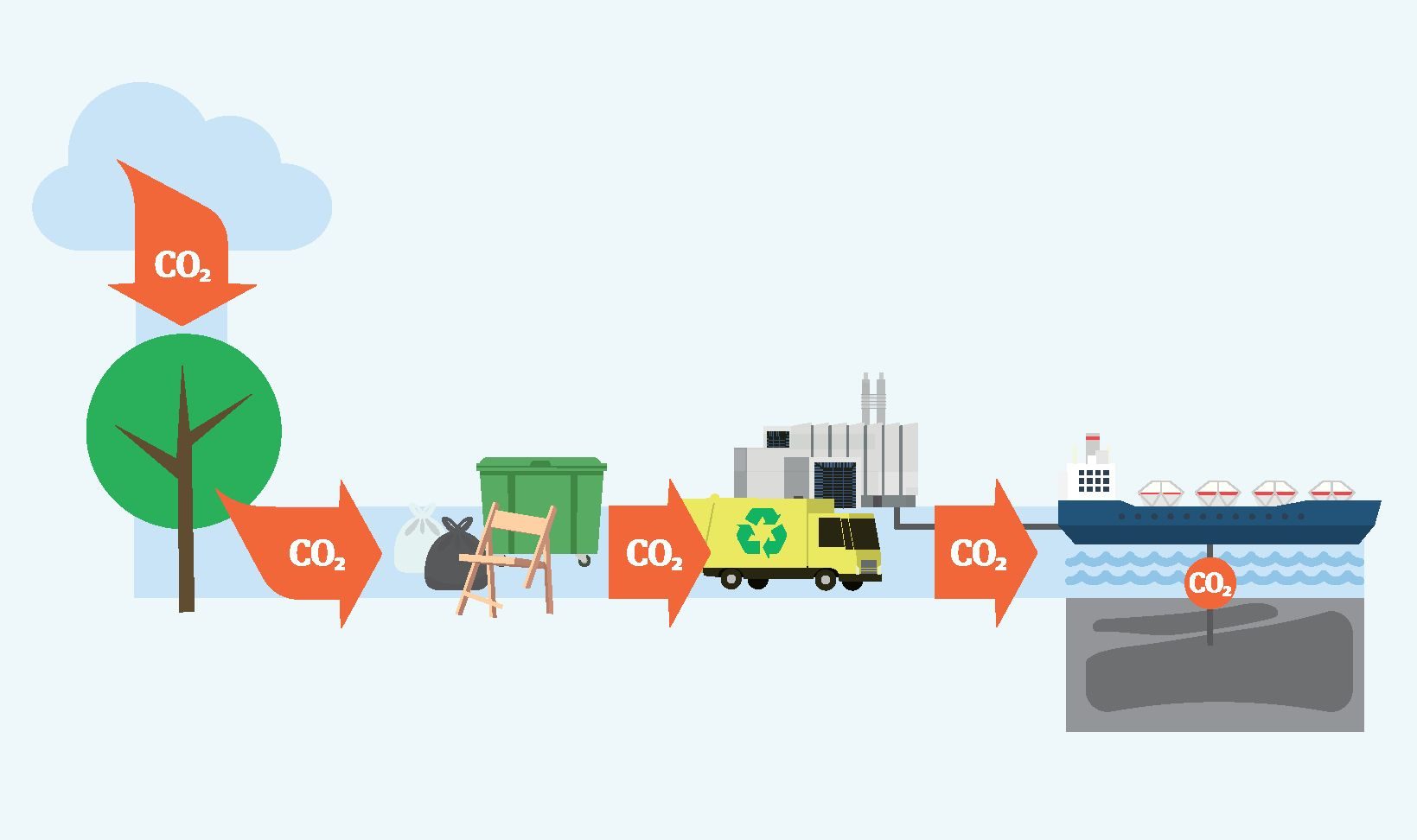
Now Oslo’s waste can produce negative emissions. Biological materials contain CO2 extracted from nature’s cycles. When they become waste and incinerated, the CO2 molecules can be captured and transported to the North Sea where it is stored under the seabed.
Oslo wants long-term framework conditions that make carbon capture profitable. Oslo also wants more incentives to make it profitable to capture CO2 from biological material, says Heidi Sørensen:
– It must cost more to emit CO2 than to capture the emissions. In addition to extensive pricing of the emissions, rewarding negative emissions will also help to make carbon capture from waste incineration profitable.
